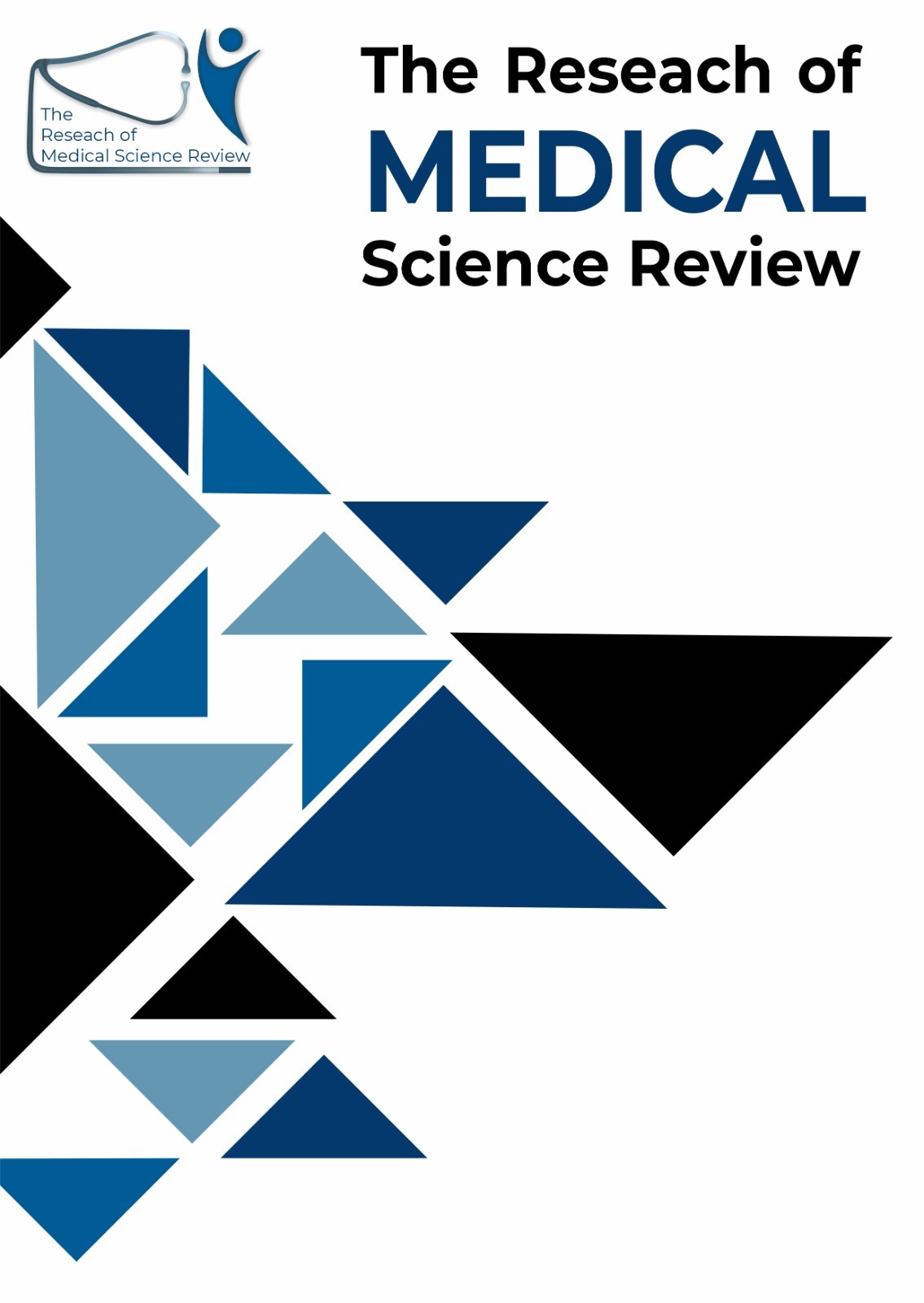FREQUENCY OF OBESITY IN PREGNANCY AND ITS OUTCOME ON CESAREAN SECTION RATES
Main Article Content
Abstract
In the past, obesity during pregnancy has been increasingly common globally and presents its share of challenges to maternal and neonatal health. Independent of the delivery route used, having an obese mom increases one's risk of several negative outcomes, such as having a cesarean section (C-section). To optimize obstetric care and reduce adverse outcomes, understanding the relationship between maternal obesity and delivery outcomes is important.
Aim: The aim of this study is to determine the frequency of obesity in pregnant women, the impact of obesity on cesarean section rates as well as maternal age, age of gestation, parity, gravidity, residence, antenatal care and body mass index (BMI). Methods: A prospective cohort study at [Hospital Name] with 75 pregnant women admitted for delivery from January 2022 to December 2023. A sample size was then determined using the World Health Organization (WHO) sample size calculator. Maternal age, gestational age, parity, gravidity, residence, antenatal care status, BMI, mode of delivery, and indication of C-section section: all quantified. Descriptive statistics, chi-square tests, and logistic regression were performed for statistical analysis using SPSS 25 with significance at p < 0.05.
Results: Among the participants, 38.7% were classified as obese (BMI ≥30 kg/m²). However, obese women (45%) had a significantly higher cesarean section rate than non- obese women (22%), (p=0.003). A significant relationship was found between higher C- section rates and advanced maternal age (≥30 years), higher parity, rural residence, lack of antenatal care and increasing BMI. Logistic regression identified obesity as an independent predictor of C-section (OR=2.8, 95% CI: 1.5-5.2, p=0.002).
Conclusion: Pregnancy obesity is frequent and is associated with greater rates of cesarean deliveries. Despite numerous mental health and access issues to care, there is great potential to both reduce C-section rates and increase maternal and neonatal health through preconception and antenatal interventions, or even by simply increasing maternal and infant’s access to comprehensive obstetric care.
Downloads
Article Details
Section

This work is licensed under a Creative Commons Attribution-NonCommercial-NoDerivatives 4.0 International License.
